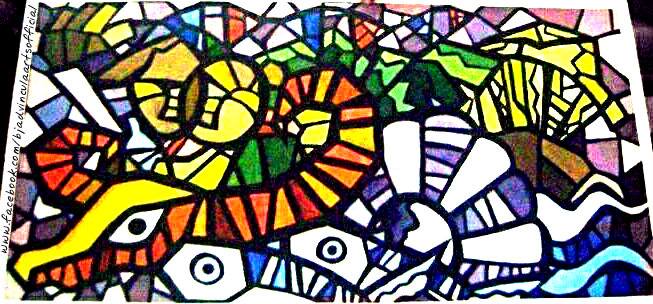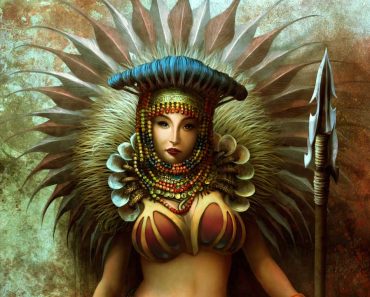The Pangasinan people, also known as Pangasinense, are an ethnolinguistic group native to the Philippines. They are the tenth largest ethnolinguistic group in the country.
Read more
The Pangasinan people, also known as Pangasinense, are an ethnolinguistic group native to the Philippines. They are the tenth largest ethnolinguistic group in the country. They live mainly in their native province of Pangasinan and the adjacent provinces of La Union and Tarlac, as well as Benguet, Nueva Ecija, Zambales, and Nueva Vizcaya. The name Pangasinan means “land of salt” or “place of salt-making”. It is derived from asin, the word for “salt” in Pangasinan.

The Pangasinan people, also known as Pangasinense, are an ethnolinguistic group native to the Philippines. They are the tenth largest ethnolinguistic group in the country.
Read more
Princess Urduja (ca. 1350–1400 AD) is believed to be a legendary warrior princess who is recognized as a heroine in Pangasinan, Philippines. The Indianized name Urduja appears to be Sanskrit in origin, and
Read more
